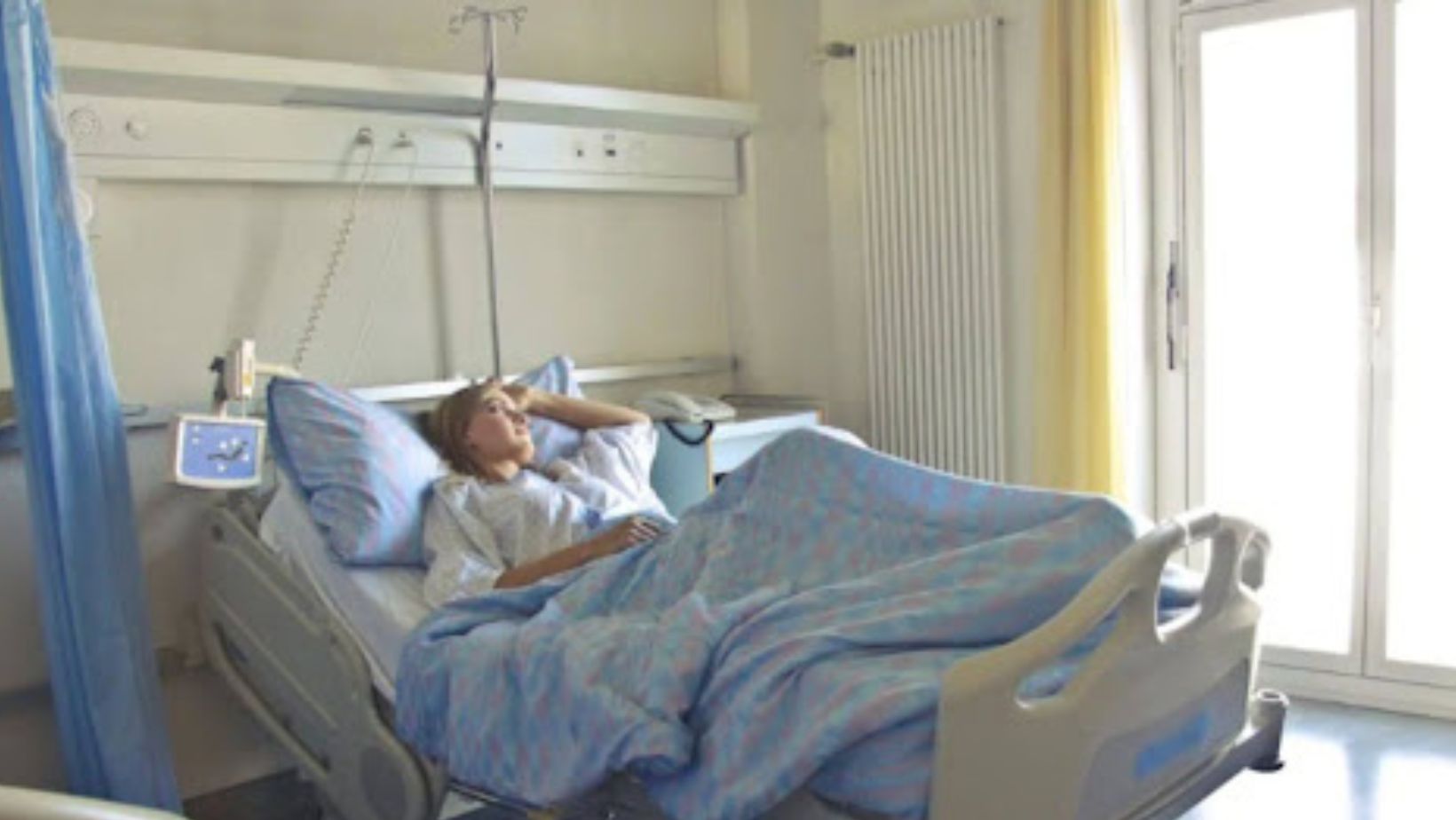Spinal decompression surgery is an effective spinal stenosis treatment, as well as being used to cure the symptoms of other spinal conditions such as spondylolisthesis. Although this type of surgery has a relatively high success rate, it is still being determined. This is why scientists, surgeons, and medical professionals are constantly looking to improve the procedure, integrating new technology and cutting-edge techniques.
In this article, we will explore how surgeons apply advanced techniques in spinal decompression surgery, paying particular attention to endoscopic spine decompression. We will also consider the risks of such procedures, as well as provide figures relating to the success rates of spinal surgery.
What is Spinal Decompression Surgery?
During spinal decompression surgery, the surgeon will make a small incision directly over the affected area of the spine, cutting deep enough to access the bony arch-like section of the vertebra known as the lamina. This surgery is usually performed under a general anesthetic.
Once accessed, any surrounding nerves will be gently moved toward the center of the spinal column to allow the surgeon to remove any part of the bone, tissue, or ligament that has come into contact with the nerve. As part of the lamina is typically removed, this surgery is sometimes referred to as a laminectomy.
Following the procedure, the wound will then be stitched and dressed to reduce any bleeding and avoid infection. The patient will then be taken to a recovery area where they will be monitored, with regular checks to assess blood pressure, heart rate, and breathing patterns. Painkillers will also be issued if required. Once stable, patients will then be taken to their bed and then discharged after 1-to-4 days. Most people experience a full recovery within 4-to-6 weeks.
A doctor would only proceed with this type of surgery if non-surgical treatments such as medication, physical therapy, and pain-killing injections have failed to relieve a patient of their symptoms.
Why Would Spinal Decompression Surgery Be Required?
Spinal decompression surgery is most commonly performed to relieve symptoms caused by spinal stenosis. This condition refers to the narrowing of the spinal canal, resulting in nerves and/ or the spinal cord being compressed which can cause chronic pain, weakness, and sensations such as tingling or burning. However, spinal decompression can also cure the symptoms of other spinal conditions.
Spondylolisthesis is when the vertebrae slips forward and comes into contact with the nerves. The degree of the slippage can differ greatly, and some people experience no symptoms whatsoever, but if the pain is severe, decompression may be needed. Sciatica, an impingement of the sciatic nerve can also result in symptoms that could require a laminectomy.
A herniated disc, combined with arthritis, is another common issue that may require some form of surgery, while spinal tumors or bone spurs caused by an injury may also require spinal decompression if they cause permanent or recurring pain.

Non-surgical treatments will always be tried to ease a person’s symptoms, with surgery considered as a last resort. Although spinal decompression is highly successful when it comes to relieving pain, it also comes with risks, and complications are possible.
The Risks and Complications of Spinal Decompression Surgery
Like any type of surgical operation, spinal decompression surgery does present an element of risk, and complications are not unheard of. The vast majority of people make a straightforward recovery without any issues, quickly returning to their normal lives after several weeks and enjoying a pain-free existence. Even so, some patients are not so lucky, and any risks must be considered carefully before deciding whether spinal decompression is the correct course of action.
Your doctor will explain the risks and complications thoroughly and ensure you fully understand what the procedure and recovery period entail before moving forward. Below is a summary of the possible side effects and complications.
Possible complications of any type of surgery:
- Pain where the operation was performed
- Prolonged bleeding
- Blood clots
- Tissue damage and scarring
- An infection at the surgical site
- Other infections, such as a chest infection
- Difficulty passing urine.
Possible complications that are specific to spinal decompression surgery:
- No improvement regarding previous pain or the presence of a new pain
- Damage to the spinal column or nerves
- Bleeding in the spinal column
- Numbness in the spine
- A spinal infection
- Spinal fluid leakage
- Loss of bladder or bowel control
To reduce the chances of these complications, scientists have developed new ways to perform spinal decompression more safely, with less tissue damage, and with a higher chance of success.
Endoscopic Spinal Decompression
Endoscopic surgery involves operating while viewing through a lens at the tip of an endoscope. This is usually combined with a water irrigation system to provide maximum visibility throughout the procedure. The benefit of this is that blood loss is kept to a minimum and the incision only needs to be around 1 centimeter, resulting in faster recovery rates, with most people only requiring one night in hospital.
Minimally Invasive Spinal Surgery
As spinal decompression surgery can often be followed by spinal fusion, it is also worth noting the advancements in minimally invasive surgery. The use of technology assists in fixing the screws and rods that hold vertebrae in place during this procedure, and there are two main methods for achieving this.

The first method is minimally invasive-transforaminal lumbar interbody fusion which involves inserting a disc spacer and pedicle screw through an extremely small incision, with the surgeon performing the procedure using a microscope. The second method is oblique lumbar interbody fusion, also known as extreme lateral lumbar interbody fusion surgery which sees a larger disc spacer inserted via an incision to the patient’s side. Both these methods result in minimal tissue damage and blood loss.
Tools and Technology
To assist with these advanced methods, surgeons rely on tools and technology such as intraoperative neuromonitoring and O-arm navigation. Intraoperative neuromonitoring evaluates the patient’s nerve and spinal cord function during the procedure, while O-arm navigation creates a computerized tomography (CT) based image) to guide the surgeon and improve accuracy and safety.
In the future, we may also see augmented reality (AR) and virtual reality (VR) technology used to further increase accuracy during operations, while robotic-assisted spine surgery is also developing at a rapid rate and could be used frequently in the coming years.
Thank you for reading. We hope you have found the information in this article useful and have gained a deeper insight into spinal decompression surgery.

